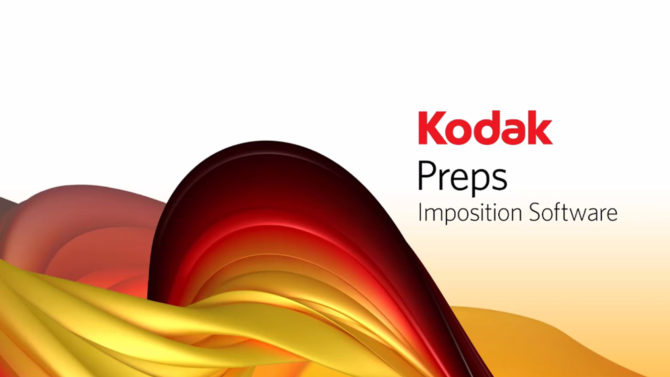Blend – Adobe Illustrator – Episode 21 – Urdu/Hindi
Adobe Illustrator is a versatile tool that allows you to create smooth transitions and gradients between shapes and colors. In this episode, "Blend," we will explore how to use this tool effectively to enhance your design projects.
Introduction
Adobe Illustrator enables you to blend shapes and colors seamlessly. This tool is essential for creating gradients, transitions, and complex designs that require smooth color and shape transitions.
Getting Start
Using
- Select the Objects: Choose the two or more objects you want to blend.
- Apply: Go to Object > Blend > Make or use the tool from the toolbar. Illustrator will create a smooth transition between the selected objects.
- Adjust Options: Go to Object > Blend > Options to adjust settings such as spacing, orientation, and number of steps.
Practical Applications
- Creating Gradients: Use the tool to create custom gradients between shapes. This is useful for backgrounds, illustrations, and more.
- Blending Shapes: Blend different shapes to create complex designs and effects. This can be used for logos, icons, and other graphic elements.
Advanced Techniques
Customizing Blends
- Editing Anchor Points: Use the Direct Selection Tool to edit anchor points of the blended objects. This allows for more precise control over the blend path.
- Adjusting Colors: Change the colors of the blended objects to create custom color transitions. This can be done through the Color panel or by applying gradients to the original shapes.
Using Blend with Other Tools
- Blend and Transparency: Combine the Blend tool with transparency settings to create smooth, translucent effects. This is useful for creating shadows and highlights.
- Pattern Blending: Blend patterns between shapes. This can add depth and texture to your designs.
Creating 3D Effects
- 3D Blending: Use the Blend tool to create 3D effects by blending shapes along a path. Adjust the spacing and orientation to create the illusion of depth and dimension.
- Rotational Blending: Create rotational blends by applying the objects rotated at different angles. This technique is useful for creating circular and spiral designs.
Best Practices
Consistency and Control
- Consistent Spacing: Ensure consistent spacing between blended objects to maintain a smooth transition.
- Control Points: Use control points and handles to adjust the blend path and achieve the desired effect.
Experimentation and Creativity
- Layered Blends: Experiment with multiple blends layered on top of each other to create complex designs and textures.
- Variations: Create variations of your blends by duplicating the original objects and adjusting the settings.
Conclusion
Mastering the Adobe Illustrator allows you to create smooth transitions and gradients, enhancing the visual appeal of your designs. By following the techniques covered in this tutorial, you can improve your workflow and produce professional artwork. Stay tuned for our next tutorial on the Mesh Tool in Adobe Illustrator.
Next Tutorial: Mesh Tool - Adobe Illustrator Episode 22
Link to Adobe's official guide or relevant resources on www.artistici.pk
Written by admin








